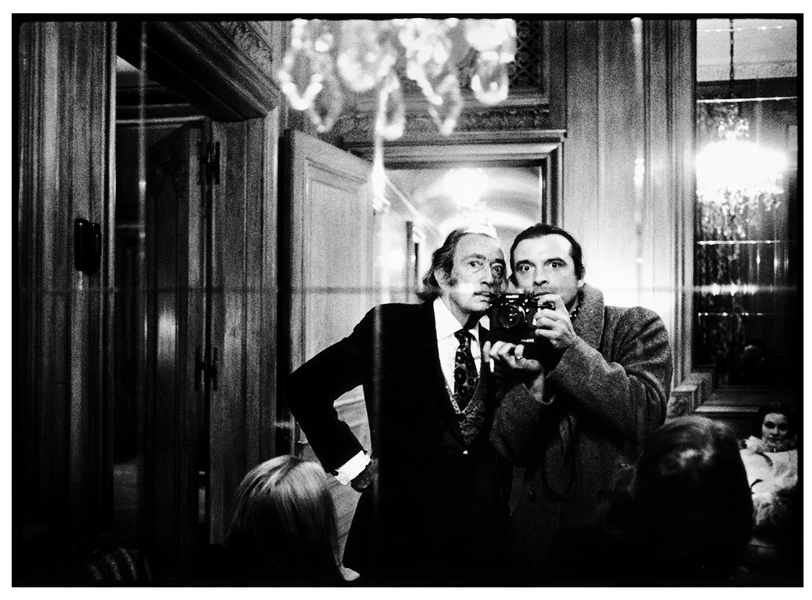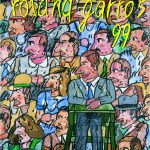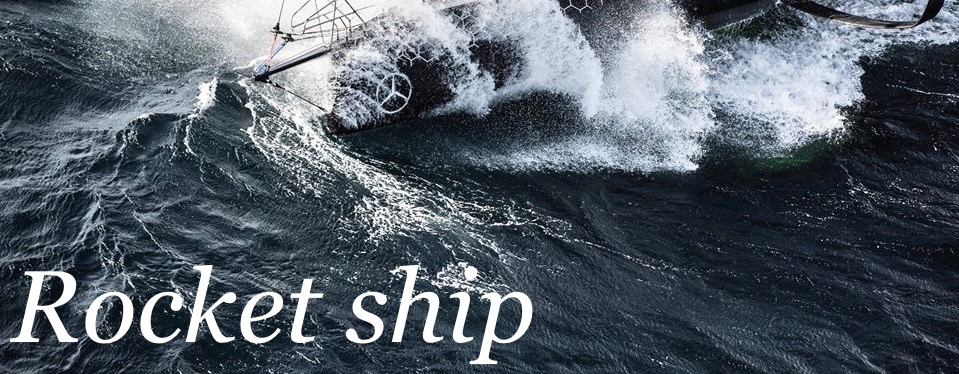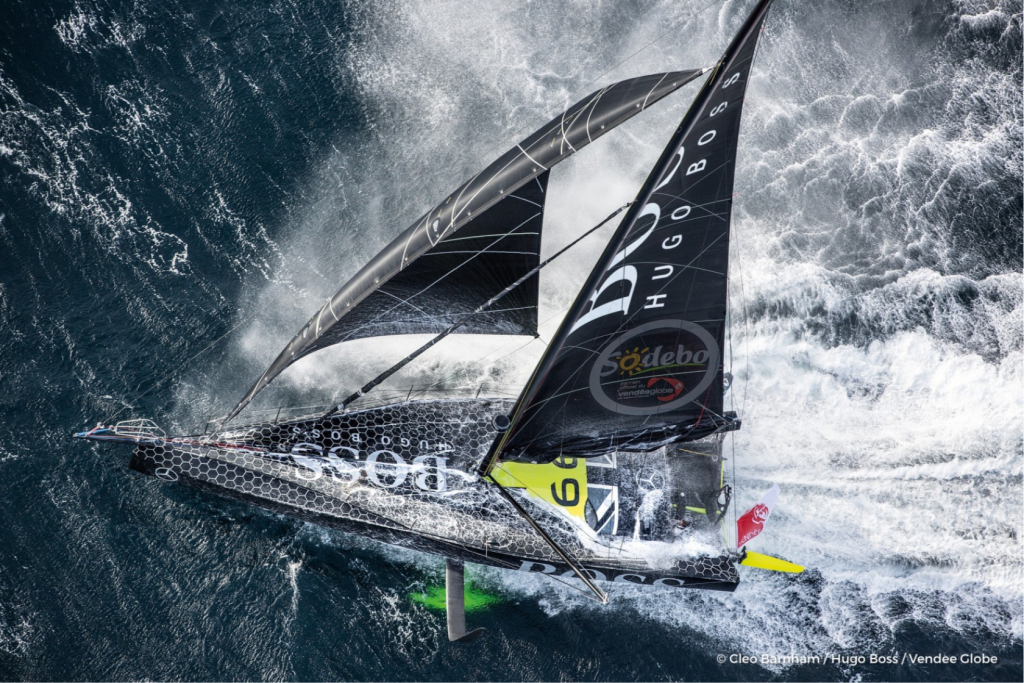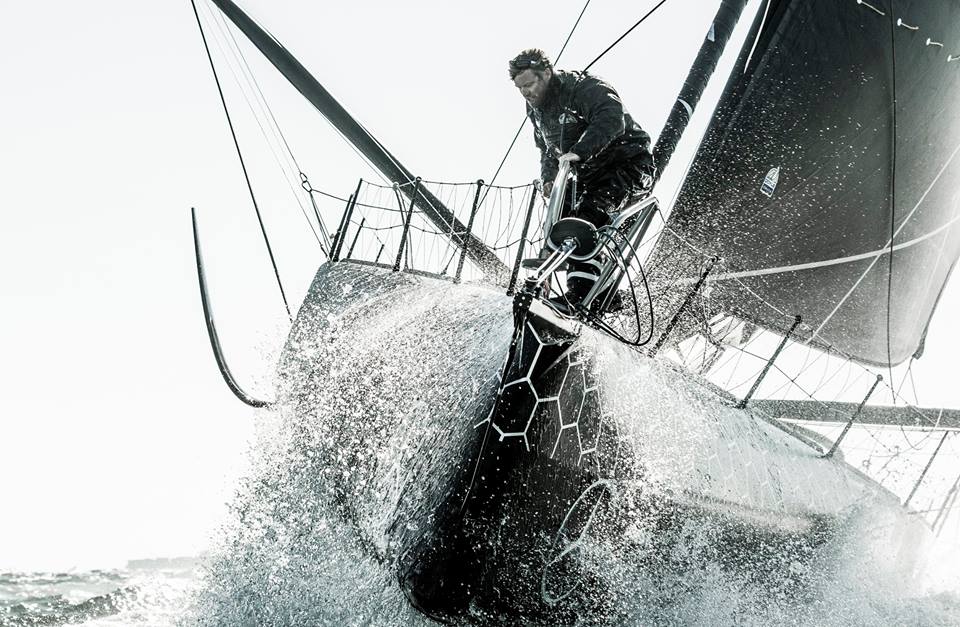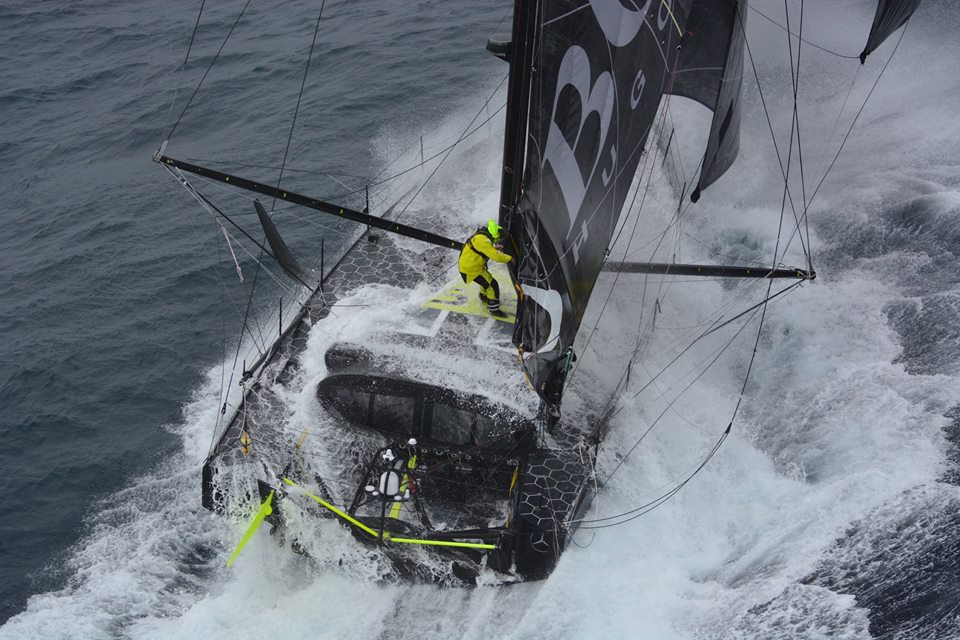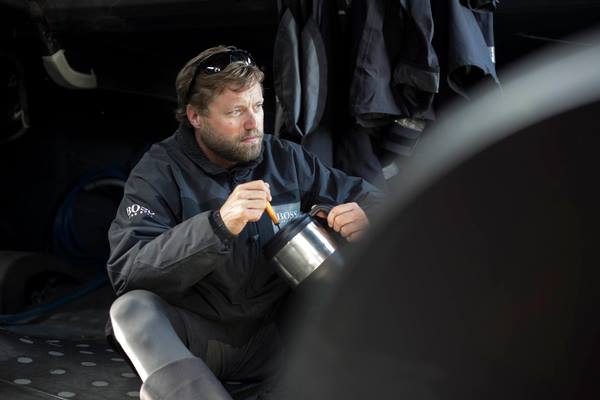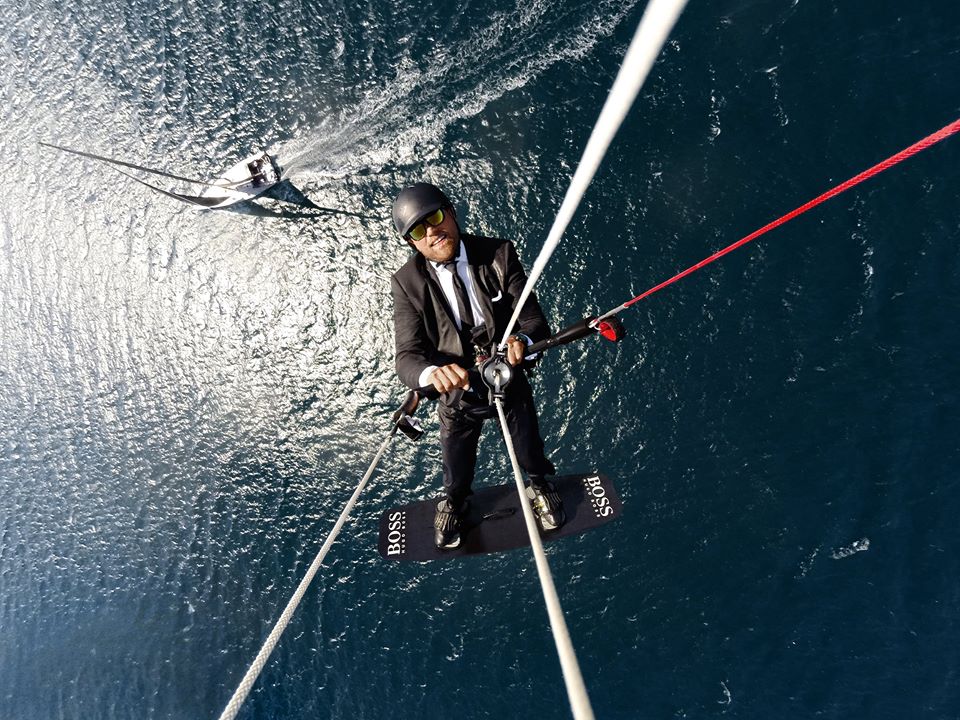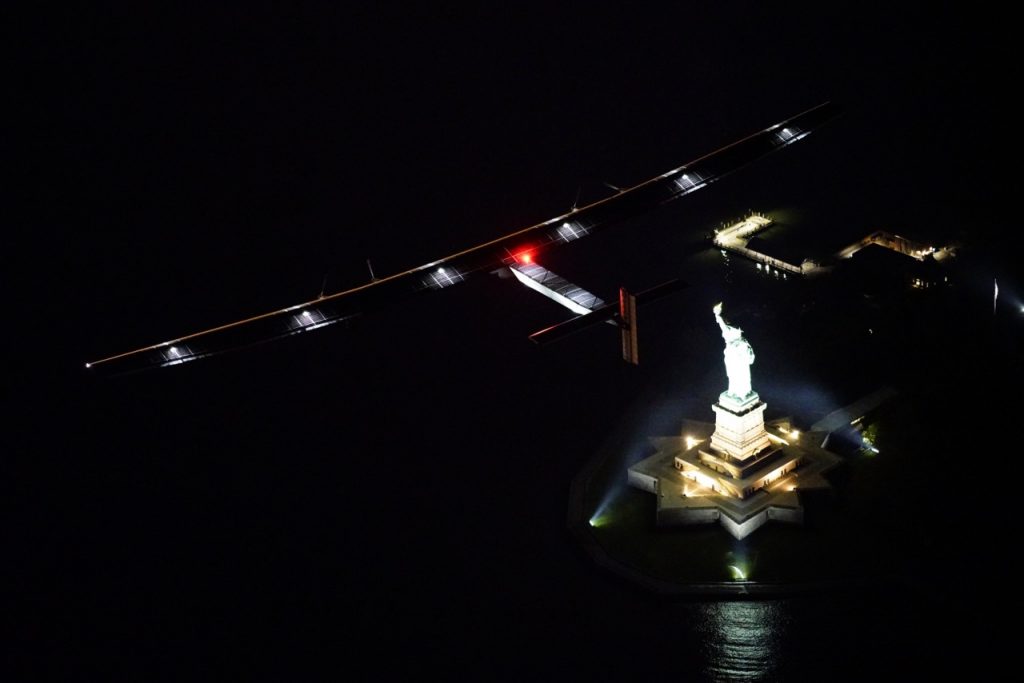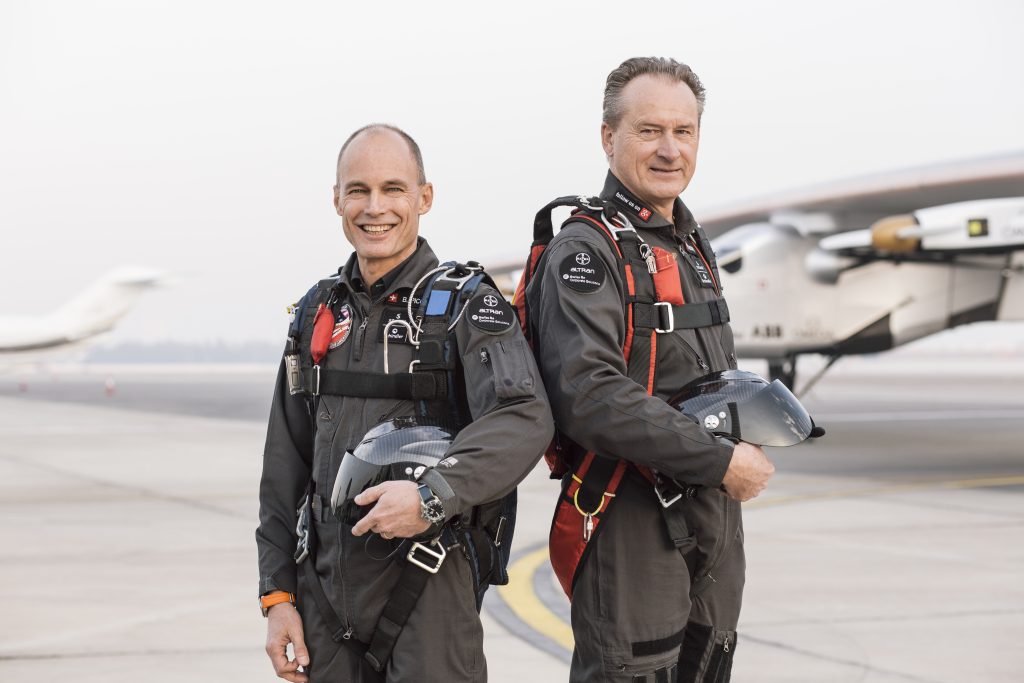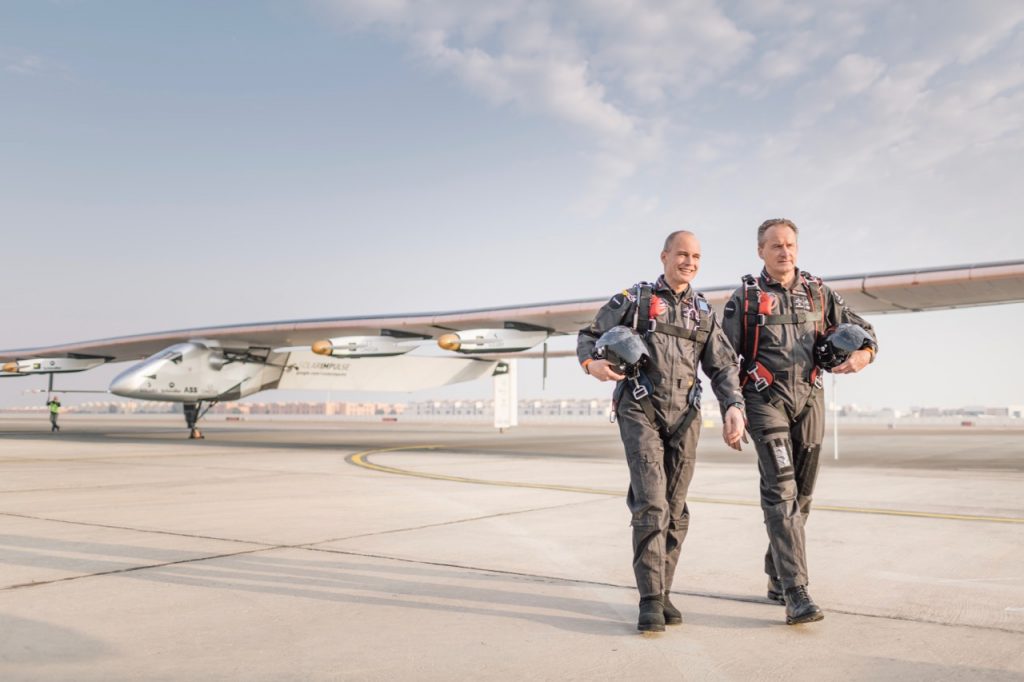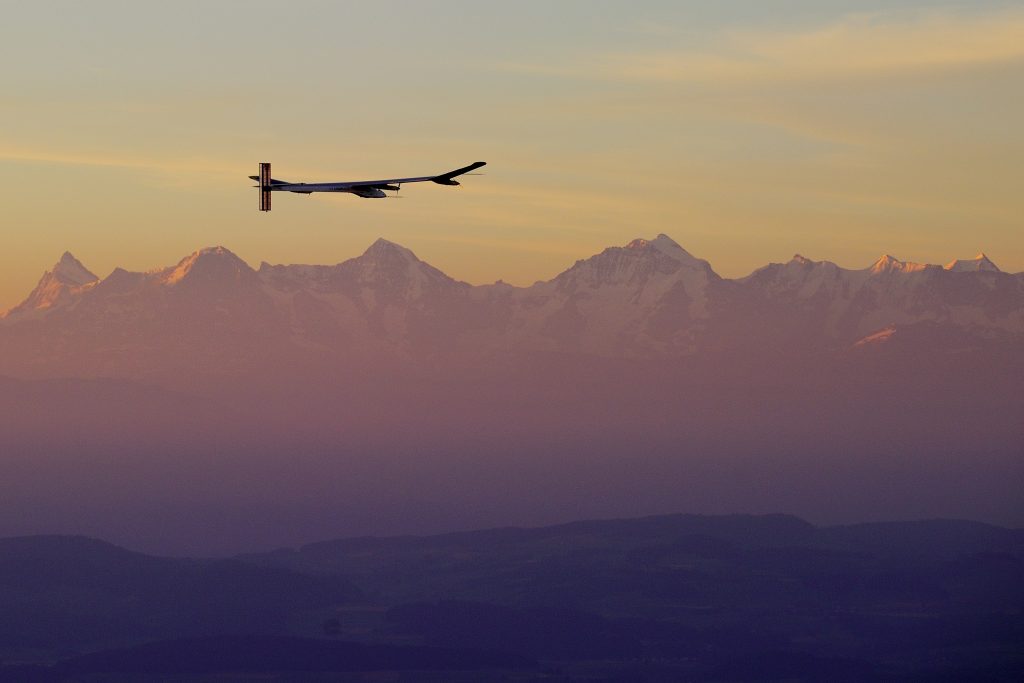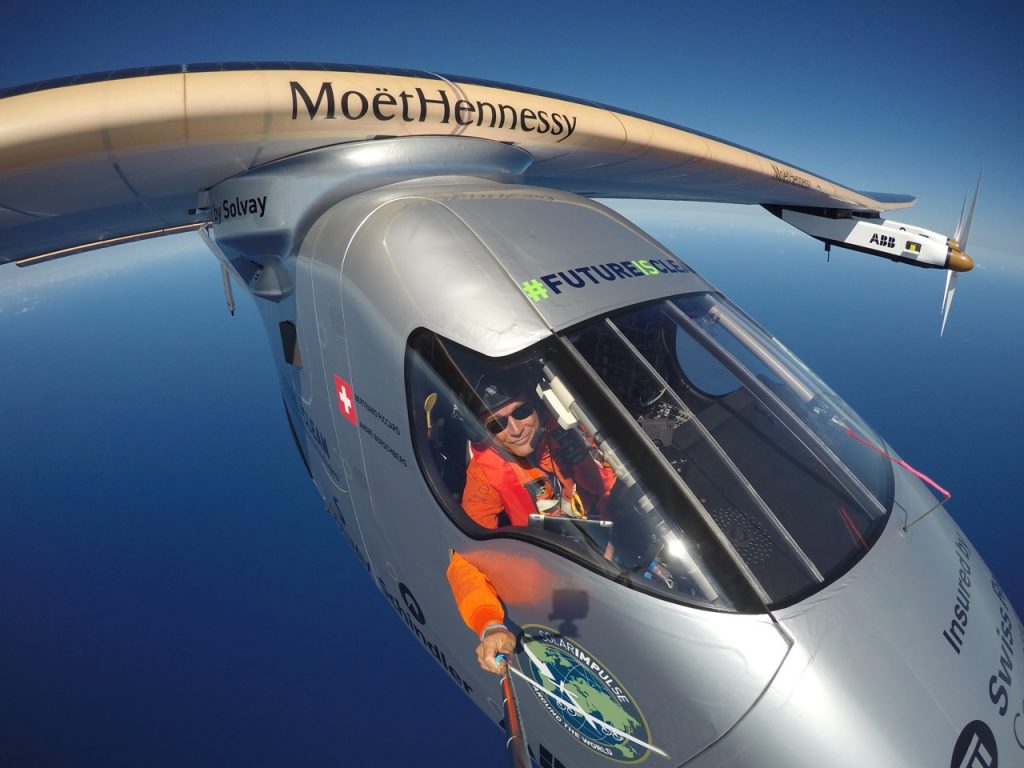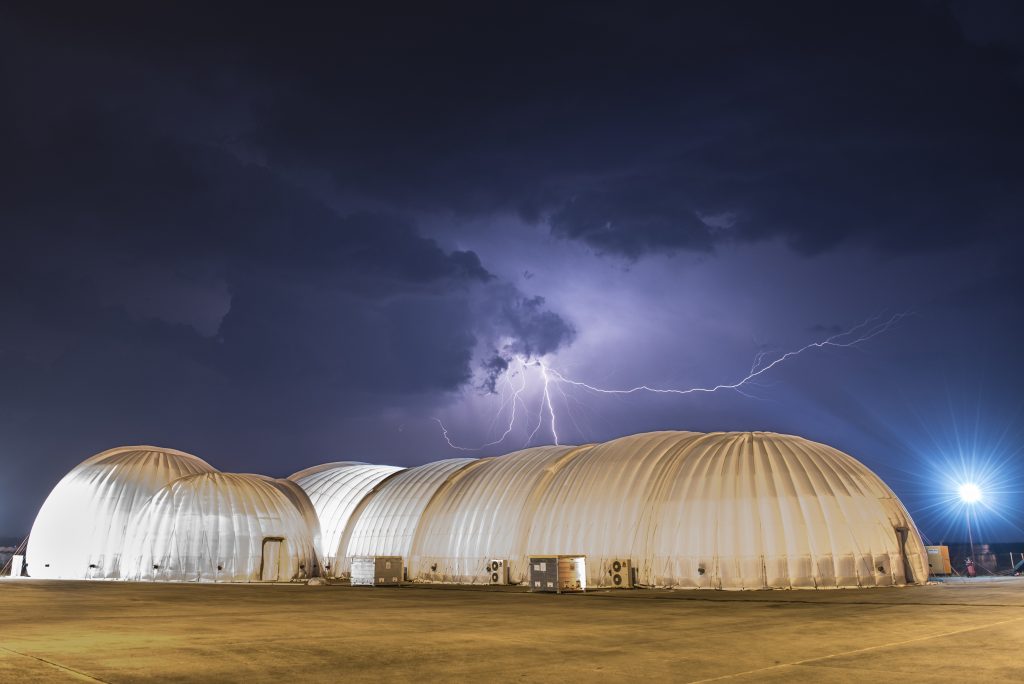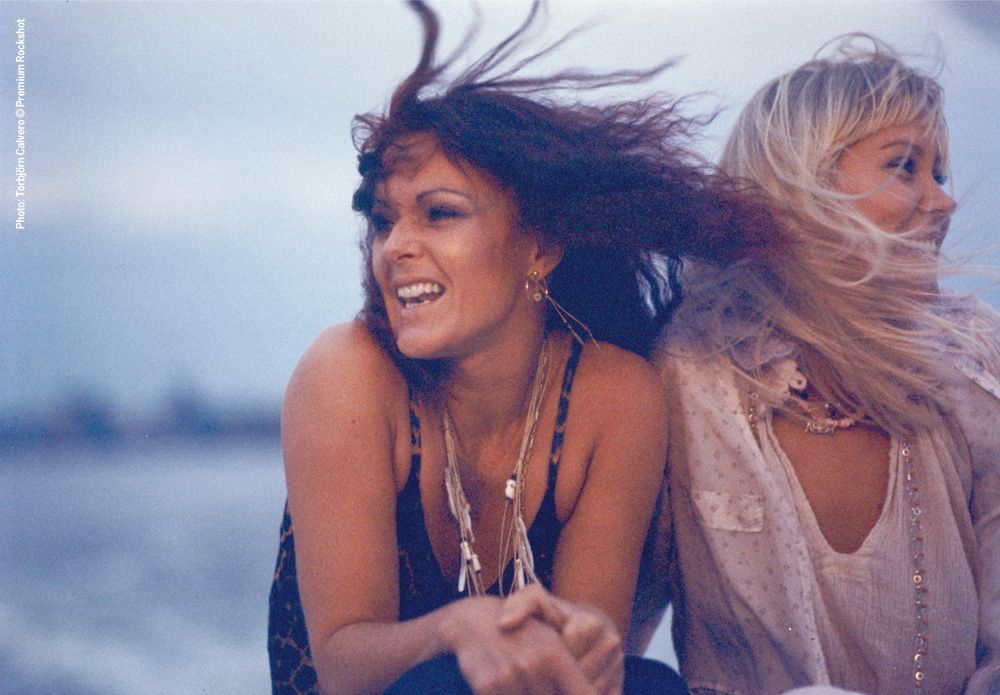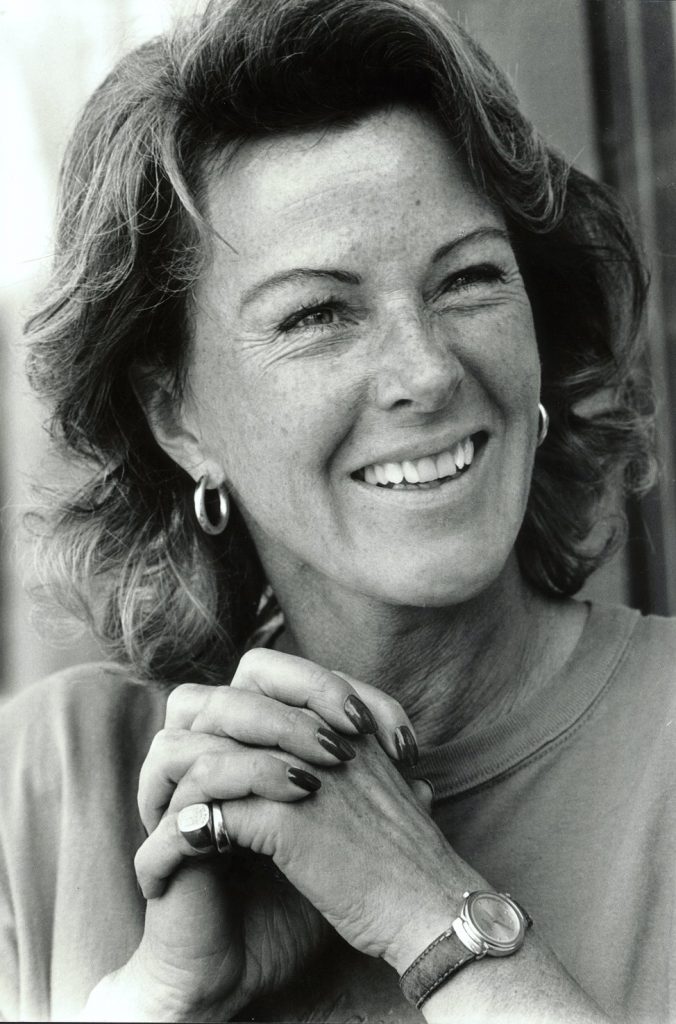David Bailey with Salvador Dali in the 1970s. “I’m only interested in real photography, not in anyone thinking they can do it because they can’t.”
His striking fashion shots defined the pages of Vogue during the Swinging Sixties. Yet, David Bailey hates being called a mere photographer. For the National Portrait Gallery in London he exhibited some of his best works.
By Camilla Alfthan
YOU BEEN AROUND for over half a century. Is the exhibition a way for you to look back? That’s for people who are bored with what they’re doing now. I’m looking forward to the moment. I’m finding stuff from the past but I never look back.
Were there some highlights that you wanted to put forward? No, I just wanted to make an entertaining exhibition. Superficial people hang on to the Mick Jaggers and the Kate Moss because they are probably the only ones they know or can relate to. I’ve got headhunters and cannibals from New Guinea, starving kids from Sudan. I’m curious of people that haven’t been touched by outside civilisation. I don’t think they’re more pure than us, the human race is not pure, then we would have died out a long time ago.
You once said fashion was the only place to be creative. Is was the only place you could get paid and be creative. Sort of creative. I haven’t done fashion since the 1980s. I do celebrities, people with talent. I’ve never been interested in making money, I always did what I thought was right. Sometimes I do things for charity. The only time I’ve compromised is when I used to direct commercials. That’s an industry, what I do is an art.
“If Jesus Christ came back now he couldn’t get cruxified because we don’t have capital punishment.”
Though art has become quite commercialized. It was always like that. Who sponsored the Italian rennaissance? The Church or the Medicis. The National Portrait Gallery asked me to do it and it’s sponsored by Hugo Boss, they both get something out of it.
Everyone is making pictures these days, has it changed anything? Since the Brownie came in 1900 people have taken pictures. Everyone can do what you do now, or what I do or what Picasso did, so it is about whether you want to do it or not. It’s not because someone comes along with a new gadget that it’s going to change anything. You’ve got 300 million people taking the same picture on Instagram. What’s creative about that, what’s that got to do with your imagination and your connection with the two things?
Michelangelo Antonioni’s classic, Blow Up from 1966 was inspired by you.. Blow Up was just another film, it wasn’t a great film, Seven Samurais was. Also, I’m not a photographer, I’m an artist. I paint, I make sculptures, it’s just a different way of using my imagination and my curiosity.
Are you still as curious as you were then? Yes, of course, I’m more or less the same since I was in my 20s. I would have been the same if I was born in the Rennaissance or in Rome 100 AD, it’s seing things as they are to me. “Be true to yourself”, as Shakespeare probably said first, it’s a good quote.
How important was the zeitgeist of the 1960s – where do think you would have been today? Everybody you’ve ever heard of in history came at the right time otherwise you wouldn’t have heard of them. If Jesus Christ came back now he couldn’t get cruxified because we don’t have capital punishment.
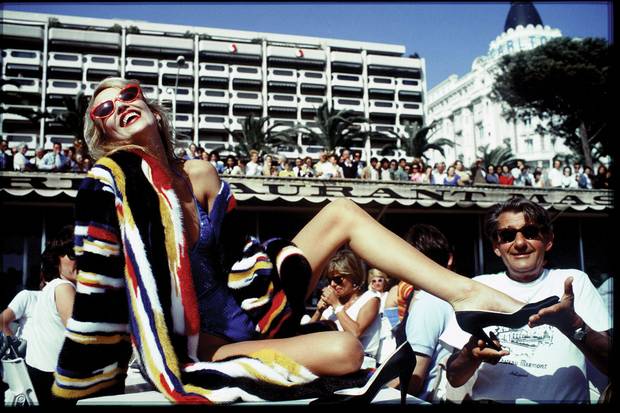
With Jerry Hall and Helmut Newton at the footsteps of the Croisette.
Some people are envious of your lifestyle.. That is just silly people, they couldn’t take the pace, they couldn’t work like I do. I work all the time, I never stop working. I get up about six and I go to bed about two more or less everyday. I’m working on bronzes, sculptures, silk screens, paintings, I’ve painted since I was three. It’s something I do. Some people make coffee, others make things.
So when did you have time for all the women? I’ve been with the same woman for thirty years. All my ex-wives are my best friends. It’s common sense, I don’t see how you can be with someone for five years and then not like them, then they must be morons.
Do you still photograph them? I’m doing one tomorrow. And I did one yesterday. My current wife and tomorrow I’m doing my previous wife. It’s just a coincidence. It’s another day, another time, it is not revisiting, I don’t have a time machine.
And self portraits? Only to stop some boring photographer coming around, spending three hours taking an ugly picture when I can spend two minutes doing an ugly picture myself.
Do you admire some photographers? I’m only interested in real photography, not in anyone thinking they can do it because they can’t. Cartier Brésson, Walker Evans, Helmut Newton, Bruce Weber…there’s lots of great ones and there’s even more who just take pictures. Anyone can take a picture and anyone can make a drawing, by the way. Their drawing is far more interesting than their terrible photographs on Instagram because the drawing tells you more about their personality.
What’s on your walls at home? Mostly Damian Hirst and Irving Penn. But not my own things. It’s bad enough I have to make them, I don’t want to sit and look at them everyday. There’s nothing worse than copying yourself.
“You’re either born with an edge or you’re not.”
But do you rework the same motifs when you paint? Yes, that’s normal. Recently it’s all been based on the Annunciation which is probably the worst painting Leonardo ever did. I like the story, I like the myth of some angel coming down and telling Mary that she’s about to have a baby – that must be quite an emotional chock for her.
Did your background – coming from the working classes – give you a greater artistic freedom? No, I think it was probably a great disadvantage. You couldn’t even talk to those people in the class system the way it was in England in the 1950s. They wouldn’t talk to you if you had a bad accent. It was almost like the caste system in India. You can’t know it if you didn’t experience it. I was lucky, I was also an dyslexic which gave me a edge on lots of educative fault.
It pushed you to do what you’re doing? Probably, yes. You’re either born with an edge or you’re not. I didn’t go to university to get dumb. The school system stinks.
So the school of life is better? I think that’s the source of all the bullshit in life, most people don’t have a chance because they’re too busy feeding their family.
But hasn’t technology changed the way you work? Not really, it hasn’t changed since Talbot invented photography as we know it today. I have a 13th century house in Devon in Dartmoore and I have studios and darkrooms there so I was printing on Christmas Day making images. Whenever you do art, you have to be completely dedicated, you have to be ruthless and do what you want to do otherwise you shouldn’t do it. You have to make decisons whether it’s having a nice, boring life in the country with ten kids or being lonely doing what artists usually do.
What are you working on now? Some silkprints, three books on East End are coming out, three or four books for Taschen, a couple of exhibitions…We’re doing it all the time. I’ll probably do some bronzes soon.
How many books did you publish? I think about 40 if I don’t count the catalogues. It’s like people saying how many models did you sleep with. If you have to count obviously it’s not many. I’ve lost count.
Was it a hundred? Bloody hell, no, it wasn’t a tv game show.
The world has changed a lot since you started..If I was a Marsian and came to earth I’d say, what a strange lot of people they are. One half are killing each other and the other half are watching football on TV. Politicians love TV and football because it’s the opium of the people. It’s not a philosophical view of the world, it is common sense. We’re the most threatening species because of over population. There’s too many of us, that’s why you got so many wars. Forget the Ferraris – there’s too many people in the world and that’s why there’s so much pollution.
But you have three kids. It had nothing to do with me, I was being generous to my wife, it was her idea. I like people once in a while. I’m a bit like a buddhist, I like the person next to me. Less to deal with. ©
